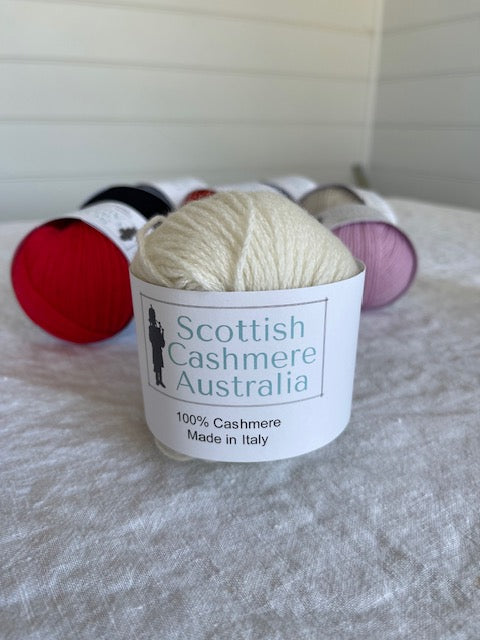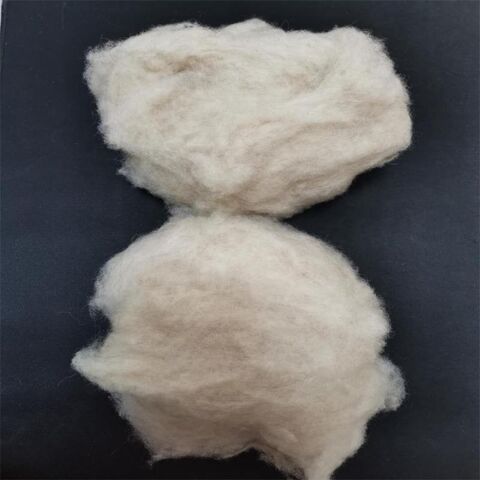Exploring the History of cashmere and Its Role in Contemporary Fashion
Exploring the History of cashmere and Its Role in Contemporary Fashion
Blog Article
Discover the Allure of Cashmere an All-natural Fiber: Why It's a Must-Have in Your Wardrobe
The allure of cashmere, a deluxe natural fiber, goes beyond simple aesthetics. From discussing its appealing beginning to understanding its production care, procedure, and high quality, it's worth checking out why cashmere holds such an unique location in the globe of textiles.

The Origin and Background of Cashmere: A Short Introduction
While several might check out cashmere as a straightforward deluxe, its history is steeped in rich social practice. Stemming from the Kashmir region in India, cashmere wool has been generated for hundreds of years. The fiber is acquired from the soft undercoat of cashmere goats, gathered during their molting period. As a priceless product, it was traded along the Silk Road, coming to be very valued in Europe in the 18th century. The name 'cashmere' is an old English derivation of Kashmir. In spite of its global appeal, most of cashmere production still remains in Asia, especially China and Mongolia. This historic journey highlights the social value of cashmere, transforming it from a regional specialized to a worldwide luxury.
Understanding the Unique Residences of Cashmere Fiber
While various other materials might use down over time, cashmere preserves its top quality, guaranteeing resilient wear. Cashmere has a special visual charm. Comprehending these properties clarifies why cashmere is not just a luxury, but a worthwhile investment for any kind of closet.

The Process of Making Cashmere: From Goat to Garment
To appreciate the luxurious buildings of cashmere completely, one must comprehend its journey from the raw fiber to the ended up product. The procedure starts with the cashmere goats, mainly found in Mongolia, China, and Iran. The soft undercoat of these goats, collected throughout their natural molting period in spring, provides the raw product. This delicate fiber is after that meticulously divided from the coarser external hair in a labor-intensive process called dehairing. The pure cashmere is after that dyed, rotated right into yarn, and lastly knitted or woven right into the desirable garments. Each step is diligently implemented to maintain cashmere's significant warmth, softness, and durability. This complex procedure leads to the production of a truly extravagant fabric.

Translating the High Quality and Price: Why Is Cashmere so Expensive?
The high price of cashmere garments often leaves customers wondering concerning its justification. The expenditure stems primarily from the tough production process. is cashmere a natural fiber. Cashmere stems from the fine undercoat of the cashmere goat, with each goat generating a mere 150 grams every year. The labor-intensive process of brushing and collecting the uncommon fiber substantially drives up the expense. In addition, the processing of raw cashmere calls for both time visit this web-site and experience, with the fibers needing to be thoroughly arranged, cleaned, and spun. The shortage of pure cashmere, combined with its remarkable soft qualities, heat, and longevity, warrants its high-end status and high rate. These aspects integrated make cashmere a pricy yet highly popular commodity worldwide of style.
Cashmere in vogue: The Adaptability and Ageless Appeal
Despite its high rate, the ageless appeal and versatility of cashmere have actually strengthened its place in the world of style. The fiber's special texture, characterized by its soft qualities and heat, has become identified with high-end and comfort. Its flexibility expands beyond seasonal fads, making it a closet necessary in various kinds, from sophisticated sweaters to chic headscarfs. The versatile nature of cashmere permits its combination into both official and casual clothing, symbolizing its broad charm. Furthermore, the fabric's withstanding popularity throughout the years confirms to its classic charm. As fads come and go, cashmere continues to be a continuous, its attraction undiminished, continuing to motivate and shape the style industry's landscape.
Caring for Your Cashmere: Maintenance and Conservation Tips
Ensuring the durability of cashmere garments requires specific treatment and attention. These valued possessions ought to not be thrown into the cleaning maker with normal laundry. Instead, hand cleaning with gentle, pH-neutral soap in lukewarm water is recommended. After cleaning, they should not be wrung out. Rather, they must be learn this here now delicately pressed between towels to take in excess water, then laid flat to completely dry. Normal cleaning with a cashmere comb can stop pilling. Storing these products in a cool, dry location, ideally in a breathable bag, can shield them from moths and moisture (is cashmere a natural fiber). A periodic airing outside, far from straight sunshine, can freshen the fibers. With these maintenance and preservation suggestions, one can ensure their cashmere remains resilient and luxuriously soft.
Final Thought
Cashmere, with its unmatched gentleness and warmth, gives both high-end and sturdiness. Discover the allure of cashmere and raise your fashion arsenal.

Report this page